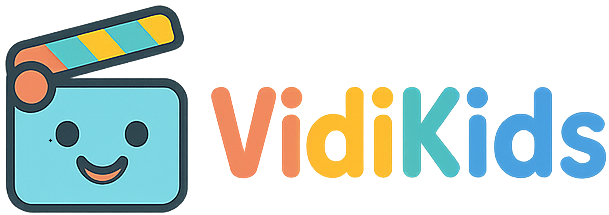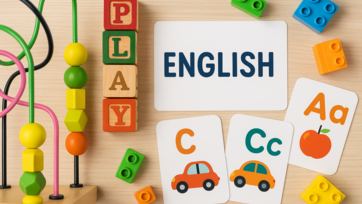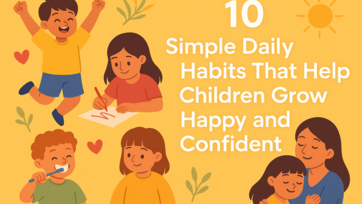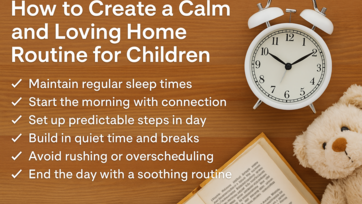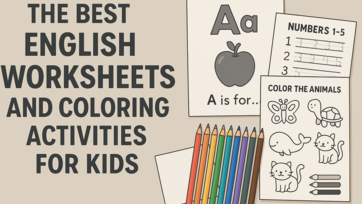When a child says “I’m bored,” it’s a golden opportunity to spark creativity, curiosity, and meaningful interactions. Without screens, these 10 engaging activities are designed to keep children aged 4–10 entertained, learning, and thriving—all within the comfort of your home.
Each idea is easy to set up, requires mostly household items, and adds a playful twist to everyday routines.

1. DIY Art Station
Turn a small corner into a creative hub. Arrange paper, crayons, markers, glue, and recycled materials. Encourage “free art” sessions where kids create whatever they like—from abstract doodles to greeting cards.
Why it works:
Hands-on creativity boosts imagination and fine motor skills. Plus, everything they make feels special because they designed it themselves.
Tip: Rotate supplies weekly to keep things fresh and interesting.
2. Indoor Treasure Hunt
Hide small toys or treats around the house and create a simple “map” or clue list (with pictures). Kids follow the trail and collect treasures.
Why it works:
This combines movement with problem-solving in an exciting, hands-on way. It can also be themed—pirates, jungle explorers, space adventurers.
Tip: Involve them in crafting the treasure map to build anticipation!
3. Kitchen Science Experiments
Explore simple experiments using kitchen items. Example: Volcano eruption with baking soda and vinegar, or mixing cornstarch and water for a "non‑Newtonian" goo.
Why it works:
Kids love wow moments. These experiments introduce basic science in a safe, interactive way.
Tip: Provide aprons and lay down newspaper—you’ll both learn something new and have fun with cleanup.
4. Build a Blanket Fort
Let them gather blankets, pillows, and chairs to build a cozy fort. Add flashlights, books, or a favorite toy for an indoor camp experience.
Why it works:
Great for imaginative play, reading time, or sharing stories. Kids love having their own hideaway.
Tip: Use fairy lights or a small lamp for a magical atmosphere.
5. Shadow Puppet Theater
Create shapes with your hands against a blank wall or sheet using a lamp. Let them invent characters and storylines—dinosaurs, castles, superheroes.
Why it works:
Combines storytelling, creativity, and performance. Kids practice language skills and build confidence.
Tip: Use cardboard cutouts to improve shadow sharpness and invite them to write their own short script.
6. Scavenger Hunt Bingo
Create a bingo card with everyday items: a red sock, a spoon, a teddy bear, a leaf from the backyard (bagged beforehand). First to fill a row wins.
Why it works:
Encourages teamwork or friendly competition. It adds structure and excitement to object finding.
Tip: Change themes each time—for art supplies, kitchen tools, toys.
7. Story Cubes or Dice
Roll story cubes (or dice with drawn images) and have kids invent a short story based on the pictures. A cube shows a cat, another shows a rocket—what happens next?
Why it works:
Boosts creativity, language, and narrative thinking.
Tip: Write the story as they tell it—even act it out afterward for added fun.
8. Balloon Volleyball
Blow up a balloon and use a scarf or string as a "net." Hit the balloon over the net—no racket needed.
Why it works:
Safe active play indoors, good for hand-eye coordination and energy release.
Tip: Add rules: only serve with a certain hand, count hits, or invent a backstory (“don’t let the balloon escape!”).
9. Nature Collage
Collect leaves, flowers, twigs, and small pebbles from the garden or balcony. Use glue to create collages or nature scenes on cardboard.
Why it works:
Combines creativity with sensory exploration and vocabulary (colors, textures, seasons).
Tip: Include writing labels—“green leaf,” “smooth stone” for subtle reading/writing practice.
10. Dance Freeze Game
Play music and have everyone dance. When the music stops, they must freeze in place. Resume dancing when it starts again.
Why it works:
Incorporates movement, listening, and quick reactions—it’s active, silly, and fun for the whole family.
Tip: Add variations: freeze in an animal pose, make a face, or balance on one foot for extra challenge.
Tips for a Stress-Free Experience
-
Plastic bins or baskets for easy cleanup and organization.
-
Rotate activities—try 1–2 new activities per day.
-
Encourage involvement by asking: “Which one do you want to try?”
-
Join in the fun—kids get more excited when adults participate.
-
Celebrate creativity, not perfection—offer praise, not pressure.
Benefits That Go Beyond Boredom
These activities don’t just fill time—they build skills:
-
Cognitive: problem-solving, critical thinking
-
Creative: imagination, storytelling, art
-
Physical: coordination, balance, energy release
-
Emotional: confidence, calm focus, joy
-
Social: communication, sharing, cooperation
Final Thoughts
Turning boredom into opportunity is a gift. With just a little preparation and enthusiasm, each day becomes a chance for discovery, connection, and joy. Whether building a fort, experimenting with science, or dancing to freeze, these simple activities offer lasting memories and valuable learning.
By leading the way with playful energy and open-ended ideas, you give children the freedom—and guidance—to find delight in the everyday. Ready to start? Choose one from the list, set the scene, and watch creativity bloom.
; ?>